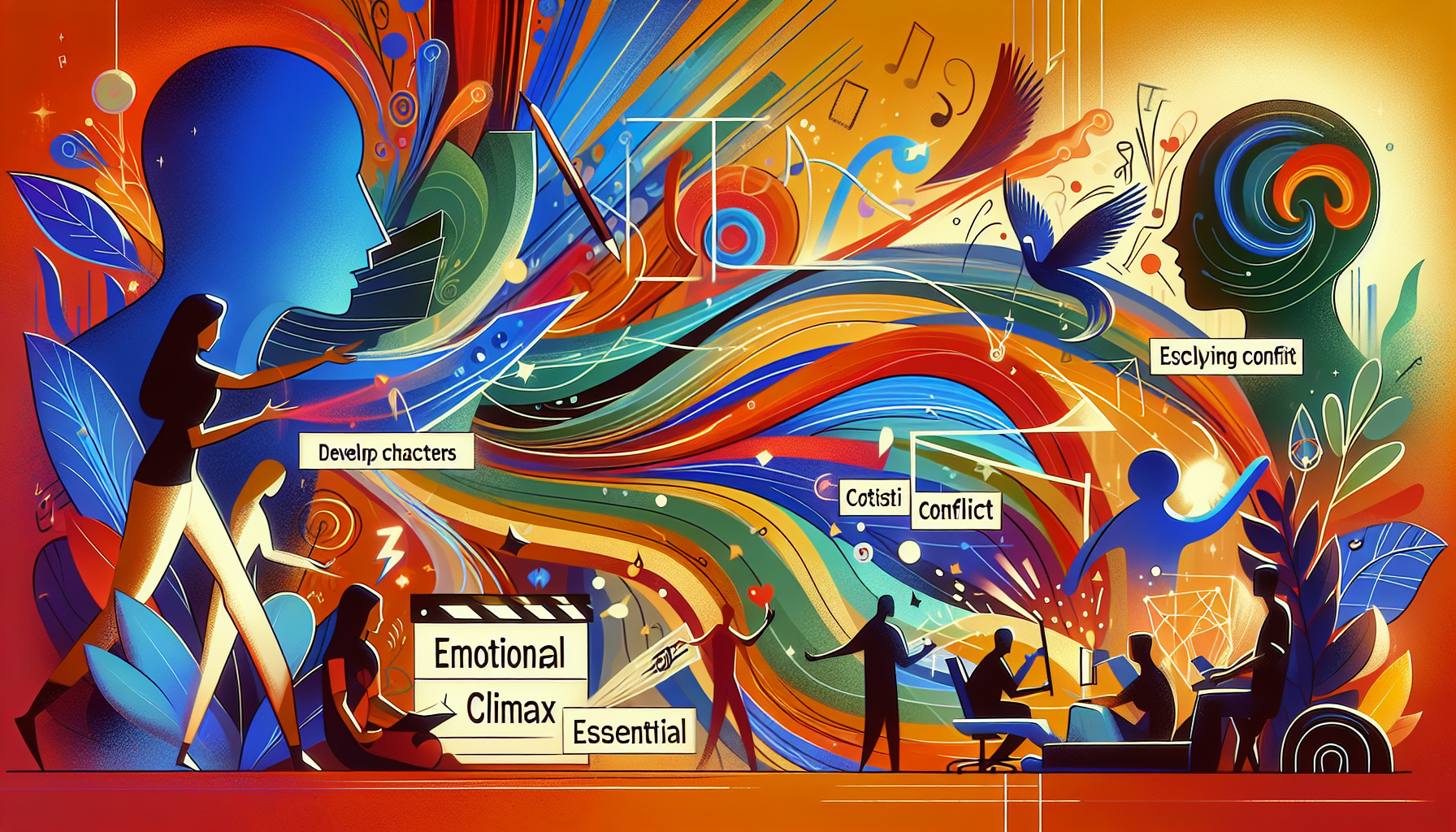
The Art of the Perfect Animated Movie Ending
Animated movies have long been a staple of storytelling, captivating audiences of all ages with their blend of stunning visuals, heartwarming characters, and, of course, unforgettable endings. Crafting the perfect ending to an animated movie requires careful attention to emotional climaxes, ensuring that viewers leave feeling satisfied, moved, and often inspired. This guide delves into the essential components that make an animated movie ending resonate with its audience, crafting a conclusion that lingers long after the credits roll.
Emotional Connection
The foundation of a compelling animated movie ending is its ability to forge a deep emotional connection with the audience. This connection is cultivated throughout the film, as viewers become invested in the characters’ journeys, hopes, and fears. Achieving an emotional climax at the movie’s conclusion means revisiting these elements in a way that feels both surprising and inevitable. It involves peeling back the final layers of the characters’ arcs, revealing their growth and providing closure to their stories.
Narrative Resolution
At its core, the ending of an animated movie must provide a satisfying conclusion to the narrative. This involves resolving the central conflict and tying up loose ends in a way that feels comprehensive. Whether it’s the triumph over a villain, the reconciliation of estranged friends, or the realization of a character’s dream, the resolution should feel earned. The pacing is critical here; the buildup to the climax should keep viewers on the edge of their seats, while the resolution itself should provide a sense of relief and completion.
The Power of Themes
The best animated movie endings resonate because they touch on universal themes that speak to the human condition. Themes such as love, friendship, courage, and identity can elevate the emotional impact of the movie’s conclusion. By bringing these themes to a head in the ending, filmmakers can leave viewers with poignant takeaways and life lessons. It’s not just about how the story ends, but what it leaves the audience contemplating about their own lives and the world around them.
Visual and Musical Triumph
Animation and music have a unique ability to amplify emotional impact in film. The final moments of an animated movie often feature some of the most visually stunning sequences and powerful musical scores. These elements work in harmony to underscore the emotional and thematic climax of the story. A soaring soundtrack can elevate a character’s final realization or victory, while breathtaking visuals can cement the movie’s most pivotal moment in the audience’s memory.
Leaving Room for Interpretation
While providing closure is important, the most memorable endings often leave some room for interpretation. They invite the audience to ponder the characters’ futures or the deeper meaning behind the story’s conclusion. This doesn’t mean leaving critical plot points unresolved, but rather ending on a note that encourages viewers to reflect on the journey they’ve witnessed and its relevance to their own lives.
Acknowledging the Audience’s Journey
Finally, crafting the perfect animated movie ending involves acknowledging the emotional journey the audience has undertaken. This can be achieved by echoing elements from the beginning of the film, creating a full narrative circle that feels both comforting and satisfying. Whether it’s a closing line of dialogue, a visual motif, or a musical cue, these elements serve as a nod to the audience, thanking them for their emotional investment in the story.
The perfect ending to an animated movie strikes a delicate balance between resolving the narrative, deepening emotional connections, and leaving a lasting impact on the audience. By meticulously crafting these final moments, filmmakers can ensure that their stories not only entertain but also inspire and resonate on a profound level.






